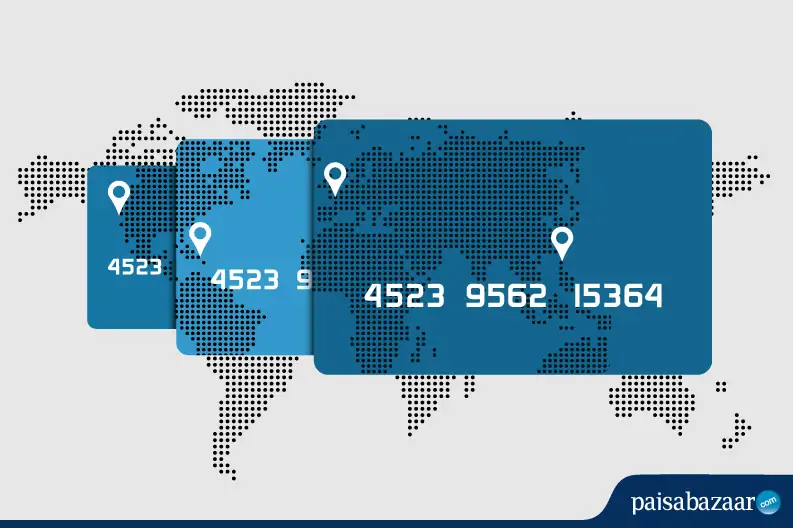Credit cards make international travel quite convenient by removing the worry of carrying cash. This perk does carry some weight in the form of charges and fees. Credit card providers charge a percentage of the amount transacted overseas. The credit card overseas charges can range from 1.5% to 3.5% depending on the issuer. Frequent travelers can opt for a charge free credit card as well.
Types of Credit Card Overseas Charges
The different types of charges that can be levied on an overseas transaction are:
- Foreign Currency Conversion Fee – Overseas transactions often involve the conversion of currency during the processing. Transactions done in a foreign currency other than US Dollars will get converted to US Dollars and finally to Indian Rupees. Here MasterCard or VISA, charge a 1 to 2% conversion fee. The fee is the profit that the payment network make on the transaction.
- Foreign Transaction Fee is levied by the credit card issuer, ICICI, HDFC, SBI, AXIS Bank, etc., on every transaction made by the cardholder involving foreign currency. The fee can go upwards of 3% and includes the payment processor fee as well. A credit card company like MasterCard or VISA charges 1% of the amount while the card issuer can charge 1 to 2%, or more, of the amount. This fee is charged irrespective of the currency or nature of the transaction and is purely the processing fee or cash withdrawal fee.
- Cash Advance Fee – This charge is associated with the withdrawal of cash using credit/debit cards. It is applicable irrespective of whether the withdrawal is done at home or abroad but overseas withdrawals are often charged more than home withdrawals. This additional charge can go up to 4% of the amount withdrawn and can vary from bank to bank. Cash withdrawals, therefore, are quite expensive on foreign trips.
Processing of Transactions
Many elements come together to process a credit card payment in a foreign land. Your credit card issuer, payment network, vendor’s bank, and the vendor are all the elements in a typical transaction. The fee is levied on transferring money from your credit card to the vendor’s bank. The fee is known as interchange fee. Interchange fee is made of a processing fee and a merchant service charge .The user ends up paying the processing fee while the merchant pays merchant service charge. The user can compare the bill from the vendor to credit card statement to know the total overseas transaction fee.
How to Identify Suitable Credit Cards for Overseas Spends?
Finally we will suggest frequent travelers opt for credit cards without international transactions fee or one that is quite low. For others, a good comparison of the card agreements and their rates should be done to identify which card costs you less. The rates and fees are detailed out on the offer document, agreements and on issuer websites, as per law. Though they might fluctuate, a good assessment can be made based on the data available.
Suggested Read: Why You Should Buy a Forex Card for Your Next Foreign Holiday.
